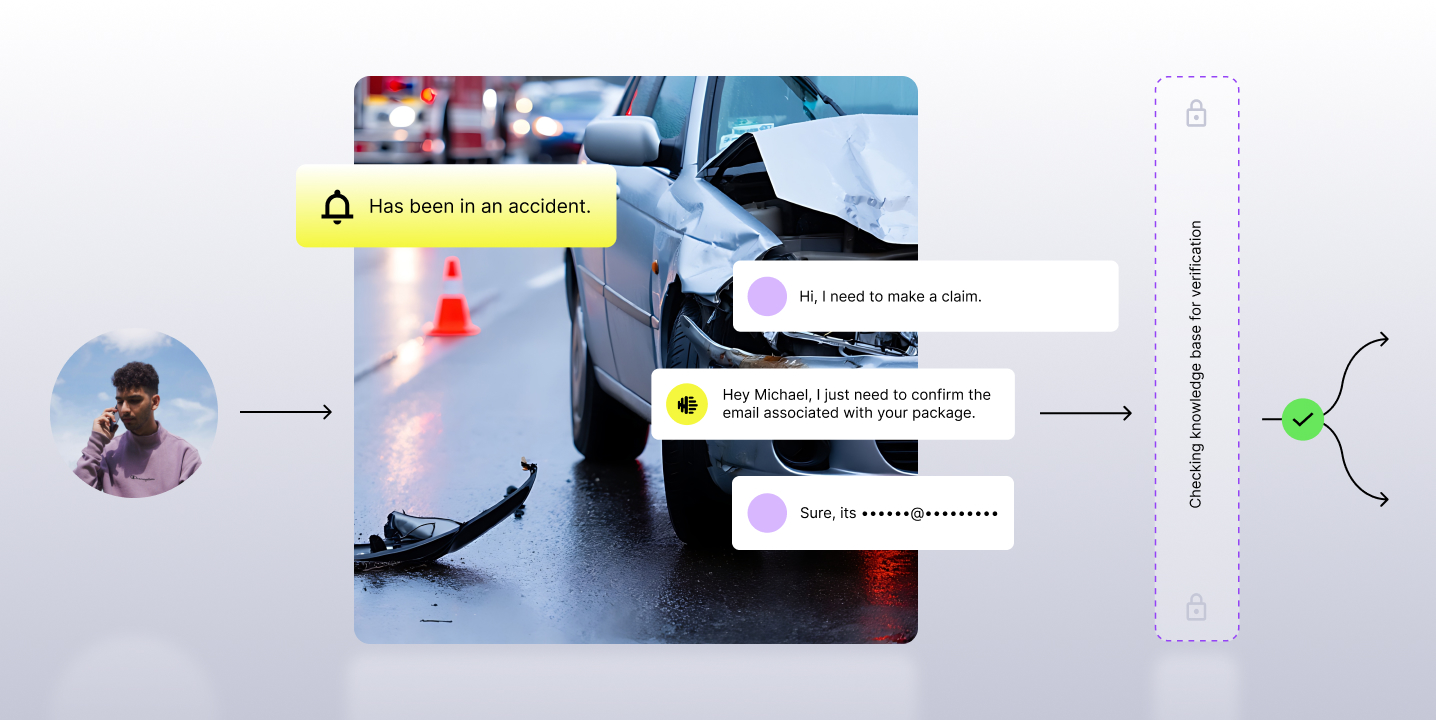2020 created many cultural, physical, and technological disruptions in the contact center. With those huge changes came a never-ending number of assumptions about the impact of COVID-19 on contact centers, how they dealt with it, what the future holds, and leadership’s vision going into 2021 and beyond.
In short, there have been a lot of myths shared, and not a lot of data to back it up.
So we commissioned Zogby Analytics to conduct a survey of contact center decision-makers who run contact centers of various sizes, across multiple industries and regions.
With this deep data, we’re pleased to announce the release of The Post-Pandemic Contact Center Report: Understanding the New World of Work.
Our trends report dives into how contact center leaders handled the pandemic, and what they’ll be doing differently to elevate their technology stack and teams in the future. Inside, we address everything from hiring and budget plans, to top technology investments, and how the agent and customer experience will operate now and in the future.
Why is this so important?
Rapid transitions, especially on a global scale, raise crucial questions. While we first rapidly shifted to remote work, we’re now entering a new era where many people will work from anywhere and contact centers specifically look to look a little more hybrid.
In fact, we discovered that 54% of contact centers will operate on a hybrid model where staff is supported from home and the office or regional hubs.
We wanted to understand, in this new hybrid world, how do contact centers create and maintain their culture, mission, and customer experience quality? What challenges and opportunities existed going into 2021 and beyond?

We wanted to gauge how contact center leaders keep their agents -- their brand representatives and growth drivers on the frontline post-pandemic -- engaged and motivated to go above and beyond to deliver those exceptional experiences.
We also wanted to see what leaders were investing in, specifically in regards to emerging technologies like AI, speech-to-text and Natural Language Processing, quality assurance automation, and workforce engagement.
With the data from our survey, we predict what use cases around collaboration, coaching, measuring performance, and keeping teams connected in a post-pandemic world will take center stage.
What we found
We can honestly say that there’s something for everyone in here. Overall, the report surfaces that many contact center leaders feel resilient and optimistic about the future.
Nearly 64% of leaders see their contact center as a revenue driver, and over three quarters (85%) are optimistic that they will be soon. Many (72%) are hiring more this year, and the industry as a whole is determined to build resilience by investing in new technologies and workflows that place an emphasis on prioritizing and improving agents’ work experiences.
Additional key findings include:
The future of work looks different, but not as different as you might expect

As of early 2021, 63% of contact centers operate on a hybrid model, while less than one third (29%) remain fully remote. Once vaccines are widely available, though, only 7% plan to remain fully remote while the vast majority plan to continue on with a hybrid model.
Instead of remaining fully remote, many people will be working from home and the office, particularly because 75% of brands say compliance and protecting customer data remotely is still a concern. Of all the channels customers turned to, voice is still turned to most.
While we predict that will change with customers becoming savvier with omni-channel experiences, at least in the immediate future, phone support is still #1.
AI is front and center

Nearly three quarters (71%) of contact centers already use artificial intelligence for a variety of applications. More than 90% agree that artificial intelligence has enhanced their ability to collaborate, 85% say it has created more transparency, and 77% say it has helped bring down their overall costs.
While AI use cases for full automation of interactions are progressing, we predict that the next AI wave will be agent performance, and this year will be focused on helping contact centers humanize the customer experience and augment or coach agents with AI, increasingly in real-time.
Agent experience is a key area of focus for enterprises

Nearly half (49%) of surveyed business decision-makers believe that agent experience has a “strong” impact on KPIs and an additional 44% believe that it has at least “somewhat” of an impact. Enterprise brands, companies on the West coast, and brands who thrived during the pandemic were more likely to believe strongly in investing in agent experience.
That’s just a taste. For more, including data and insights by region, industry and company size, check out our full report to read the full report or here for a nifty infographic summarizing the results.









.jpg)










